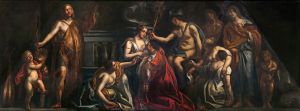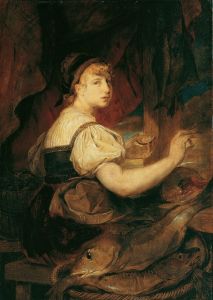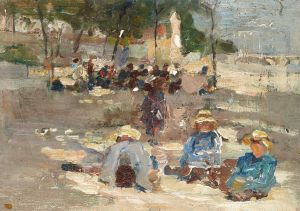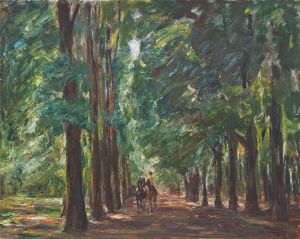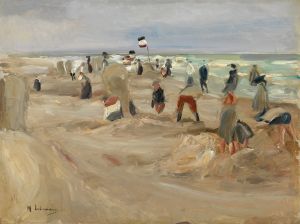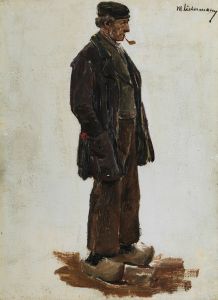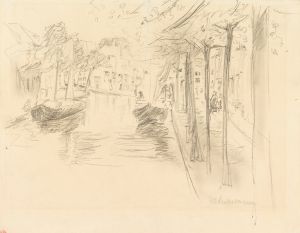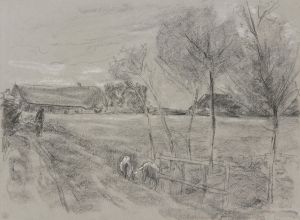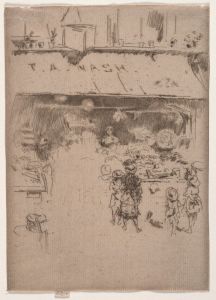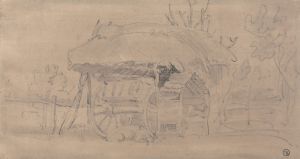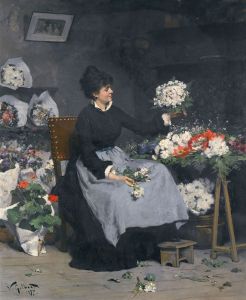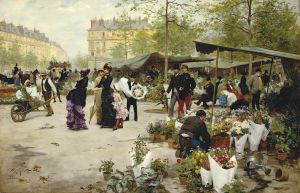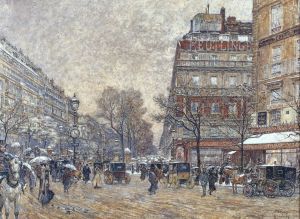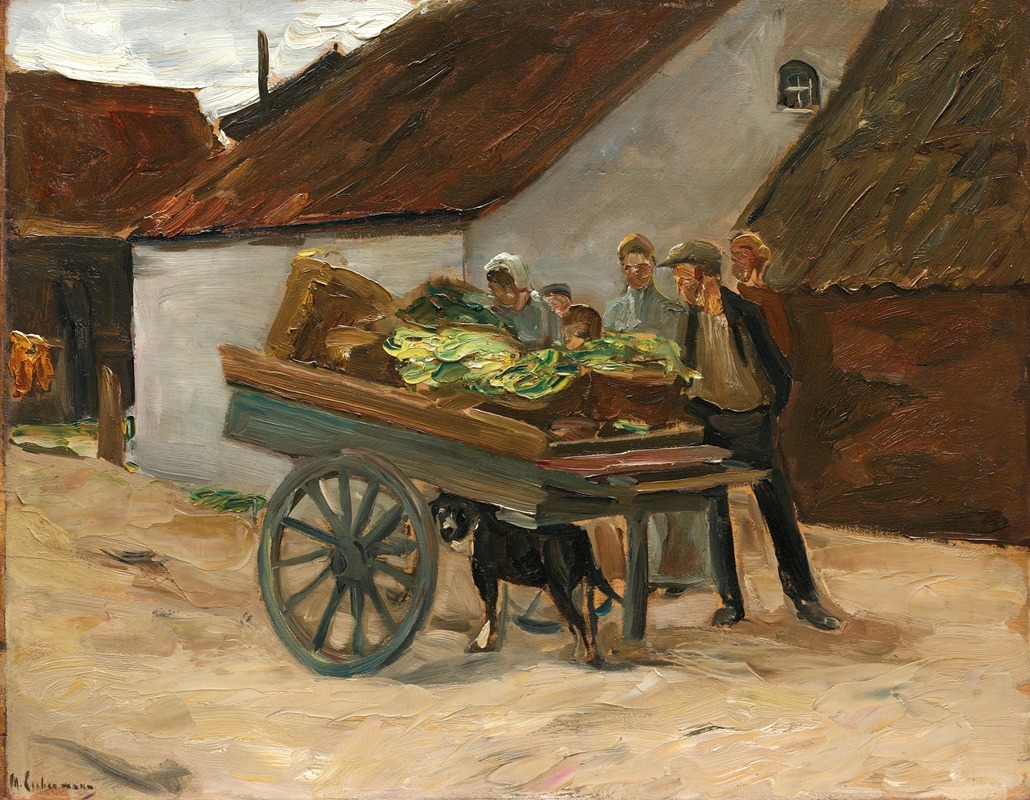
Vegetable barrow – dog cart
A hand-painted replica of Max Liebermann’s masterpiece Vegetable barrow – dog cart, meticulously crafted by professional artists to capture the true essence of the original. Each piece is created with museum-quality canvas and rare mineral pigments, carefully painted by experienced artists with delicate brushstrokes and rich, layered colors to perfectly recreate the texture of the original artwork. Unlike machine-printed reproductions, this hand-painted version brings the painting to life, infused with the artist’s emotions and skill in every stroke. Whether for personal collection or home decoration, it instantly elevates the artistic atmosphere of any space.
Max Liebermann was a prominent German painter and printmaker, associated with the Impressionist movement. His work often depicted scenes of everyday life, capturing the essence of the people and places he observed. One of his notable paintings is "Vegetable Barrow – Dog Cart," which exemplifies his interest in portraying the ordinary activities of people in urban settings.
"Vegetable Barrow – Dog Cart" is a painting that reflects Liebermann's fascination with the bustling life of the city. The painting features a scene where a vegetable vendor is using a dog cart to transport goods. This subject matter is typical of Liebermann's work, as he frequently focused on the lives of working-class individuals and their daily routines. The use of a dog cart, a practical means of transportation during that period, highlights the resourcefulness and industrious nature of the vendor.
Liebermann's technique in this painting is characteristic of his Impressionist style. He employs loose brushwork and a light color palette to convey the vibrancy and movement of the scene. The play of light and shadow is evident, capturing the atmosphere of the moment and the texture of the environment. This approach allows viewers to feel as though they are witnessing a fleeting moment in time, a hallmark of Impressionist art.
The setting of the painting is likely an urban street, a common backdrop in Liebermann's work. The choice of location underscores the artist's interest in modern life and the changing dynamics of society during the late 19th and early 20th centuries. By focusing on a vegetable vendor, Liebermann not only documents a specific aspect of urban life but also pays homage to the everyday laborers who contributed to the fabric of the city.
Max Liebermann was a key figure in the Berlin Secession, an art movement that sought to break away from traditional academic art and embrace more modern, avant-garde approaches. His work, including "Vegetable Barrow – Dog Cart," played a significant role in shaping the direction of German art during this period. Liebermann's paintings often sparked discussions about the role of art in society and the importance of depicting contemporary life.
Throughout his career, Liebermann remained committed to capturing the world around him with honesty and empathy. His paintings, including "Vegetable Barrow – Dog Cart," continue to be celebrated for their ability to convey the beauty and complexity of everyday life. Liebermann's legacy as a pioneer of modern art in Germany endures, and his works are held in high regard by art historians and enthusiasts alike.
In summary, "Vegetable Barrow – Dog Cart" by Max Liebermann is a testament to the artist's skill in portraying the nuances of urban life through the lens of Impressionism. The painting serves as a window into the past, offering insight into the daily lives of ordinary people and the evolving landscape of the city. Liebermann's dedication to capturing these moments with authenticity and artistry ensures that his work remains relevant and appreciated to this day.





